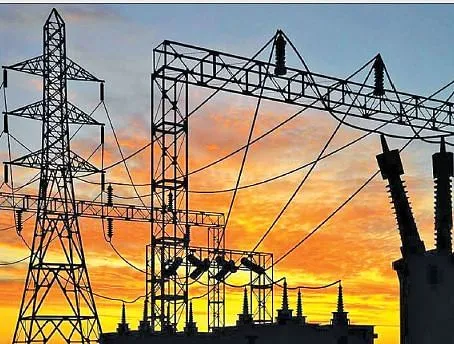Srinagar: Kishtwar district would become North India’s major power hub generating nearly 6000 MWs of power after the completion of the ongoing power projects.
An official spokesman in a statement issued here said that the surplus power from Kishtwar would not only be utilised for other parts of J&K but also be sold to other states.
The 1000 MW Pakal Dul Project, 624 MW Kiru Project, 540 MW Kwar Project, and 930 MW Kirthai Project are all located in close vicinity of each other along with the 850 MW Ratle Project which has been revived as a joint venture between the Centre and J&K government.
Chairman and Managing Director (CMD) National Hydro Project Corporation (NHPC) A K Singh called on Union Minister Jitendra Singh and briefed him about the status of the ongoing power projects in Kishtwar, which when completed will turn Kishtwar into a major power hub, generating nearly 6000 MV of power.
Pakal Dul HE Project (1000 MW) is under active construction after a river diversion was carried out.
The project would generate 3230 MWs annually and is expected to be completed by July 2025.
Kiru HE Project (624 MW) is also under active construction.
The river diversion was carried out recently and after completion, it would generate 2272 MWs annually.
The project is expected to be completed by July 2025.
The work on Kwar Hydro Electric Project (40MW) started in 2022 and the project would generate 1975 MUs annually and scheduled completion is in November 2026.
Similarly, Ratle HE Project (850 MW) is under construction, and work started by awarding an EPC Contract in January 2022.
The scheduled date of commissioning of the project is February 10, 2026, and once commissioned, the project would generate 3136 MUs annually.
Kirthai-II HE Project (930 MW) is under investigation and would generate 3329.52 MUs annually on commissioning.
With the commissioning of all these projects, the power requirement of J&K would improve drastically and help in achieving the goal of zero carbon emission.
Recently, Prime Minister Narendra Modi laid the foundation stone for Rattle (850 MW) and Kwar (540MW) hydroelectric projects to be constructed on the Chenab River in Kishtwar at a cost of around Rs 5300 crore and Rs 4500 crore.
Similarly, in the Gurez area of north Kashmir’s Bandipora district, the Kishanganga hydropower (330 MW) project on the river Kishanganga, a tributary of the Jhelum project is a success story.
This project added a new dimension in the growth journey of J&K.
The project in the Bandipora district provides 13 percent free power to J&K including 1 percent for the local area development fund.
The power project comprising three turbines is spread over 750 kanal in Karalpora Matrigam and 4200 kanal in Gurez where from the water comes through a tunnel measuring 23.5 km.
J&K administration has initiated various reforms to overhaul the power sector in J&K.
The government is working on a mission mode to develop new power infrastructure and improve the existing one to meet the power demands of the people.
Unprecedented milestones have been achieved to ensure last mile connectivity and 100 percent saturation of the Central Sector Scheme of Universal Household Electrification.
More than 6500 new distribution transformers have been installed and reliability of power distribution ensured in both rural and urban areas.
Transmission and distribution capacity has been increased.
More power has been supplied even during peak days.
Important power projects which were hanging in balance for decades are now being executed.
In the next three years, J&K is set to generate the capacity equivalent to what was achieved in 70 years.






